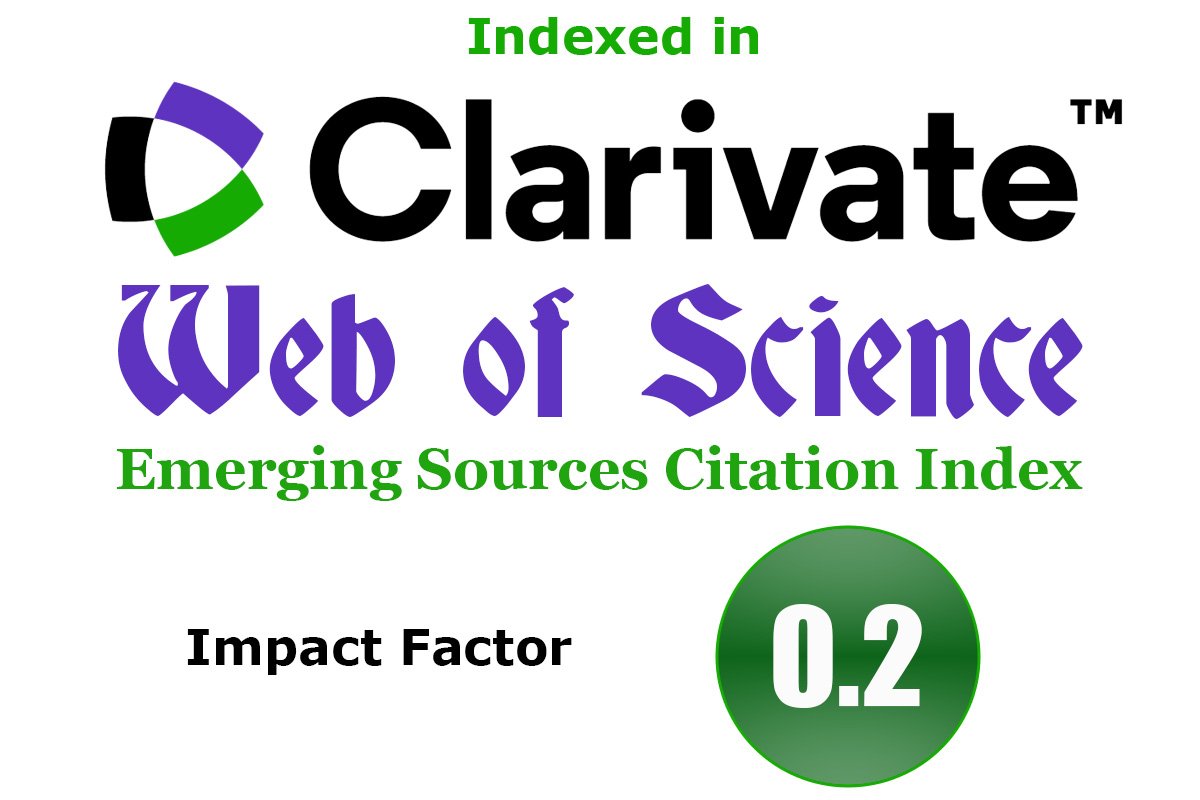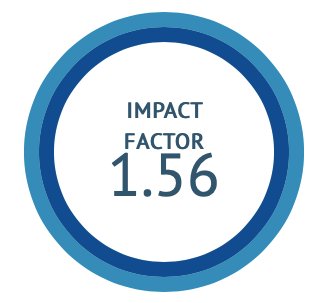An observational study of hetus of musculoskeletal pain in IT (Information Technology) professionals
DOI:
https://doi.org/10.47552/ijam.v13i1.2445Keywords:
Musculoskeletal disorders, Vishamasana, Atishrama, Ratri jagarana, Kshudha vegadharanaAbstract
Background & Objective: The IT-BPO industry employees often suffer the musculoskeletal disorders (MSD). Hence the objective of this entitled study was to observe the Ayurvedic hetus (causes) for these MSDs. Methods : A cross sectional survey study was conducted on IT employees using a questionnaire on 223 subjects along with pilot study on 23 subjects. On the basis of the pilot study, validity and reliability of questionnaire was checked. Result : High incidence of low back trouble was observed (75.33%) as compared to shoulder and neck troubles. The presence of causes – Vishamasana (wrong posture), lack of exercise and Atishrama (physical and mental exertion) were very high. Higher observations were also found for the – ratri jagarana (night vigil) and kshudha vegadharana (postponing the meals). A comparative study of lifestyle factors among males & females showed that, more haphazard and faulty lifestyle was present in males. Conclusion : Vishamasana and Atishrama are major causes of these MSDs while high AC exposure, lack of exercise, ratri jagarana and kshudha vegadharana acts as Viprakrishta hetus (long term causes) for MSDs.
Downloads
Published
How to Cite
Issue
Section
License
Copyright (c) 2022 International Journal of Ayurvedic Medicine

This work is licensed under a Creative Commons Attribution 4.0 International License.
The author hereby transfers, assigns, or conveys all copyright ownership to the International Journal of Ayurvedic Medicine (IJAM). By this transfer, the article becomes the property of the IJAM and may not be published elsewhere without written permission from the IJAM.
This transfer of copyright also implies transfer of rights for printed, electronic, microfilm, and facsimile publication. No royalty or other monetary compensation will be received for transferring the copyright of the article to the IJAM.
The IJAM, in turn, grants each author the right to republish the article in any book for which he or she is the author or editor, without paying royalties to the IJAM, subject to the express conditions that (a) the author notify IJAM in advance in writing of this republication and (b) a credit line attributes the original publication to IJAM.




